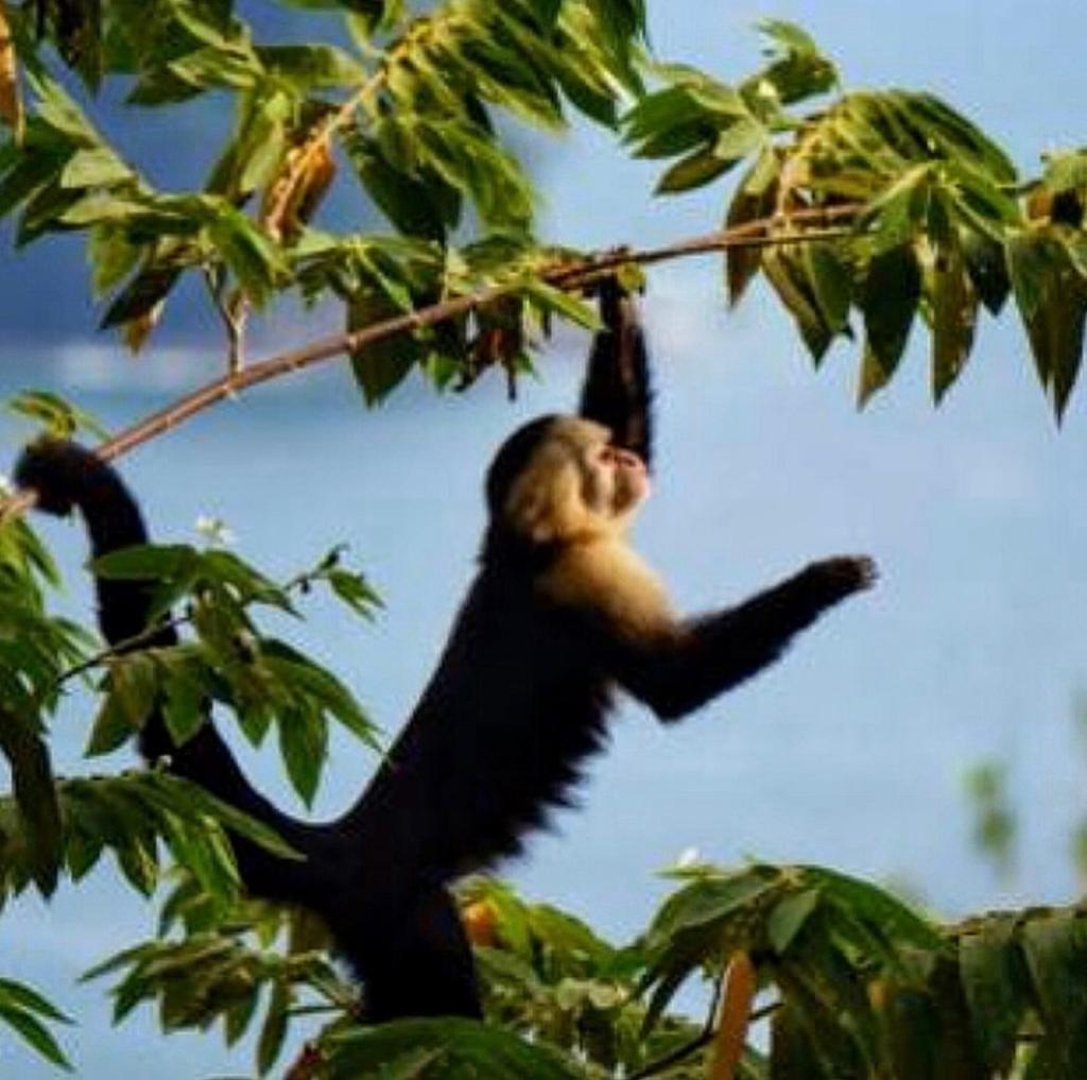Biodiversity of Manuel Antonio
Costa Rica exceptional biodiversity renowned for its , and one of the prime examples of its natural richness is the Manuel Antonio National Park. Nestled along the Pacific coast, this park is a biological gem that showcases the country’s commitment to conservation. Spanning just over 4,900 acres, Manuel Antonio National Park may be the smallest national park in Costa Rica, but it packs an incredible array of wildlife within its borders. From vibrant insects to elusive big cats, let’s take a virtual journey through the diverse animal life that calls this park home.
- The Jungle Dwellers
As you enter Manuel Antonio National Park, the lush rainforest envelopes you in a symphony of life. At any given moment, the air is alive with the calls of howler monkeys, capuchin monkeys, and squirrel monkeys swinging through the treetops. These primates are incredibly curious and playful, often approaching visitors with a mix of caution and intrigue.
Birdsong is a constant companion on your journey. Over 350 species of birds have been recorded in the park, making it a birdwatcher’s paradise. Vibrant toucans, brilliant scarlet macaws, and the elusive resplendent quetzal are just a few of the avian treasures you might encounter. Binoculars in hand, you can spot these feathered wonders perched on branches or soaring above the canopy.
- Coastal Wonders
As the rainforest gives way to the coastline, a new cast of characters takes the stage. The park’s shores are home to a variety of marine life, including the iconic three-toed sloths. These slow-moving creatures often find refuge in the trees along the beach, blending in seamlessly with the foliage. It’s not uncommon to spot them hanging upside down or munching on leaves.
The marine life here is equally captivating. Manuel Antonio’s warm, clear waters are home to a diverse array of fish, sea turtles, and other marine creatures. Snorkeling and diving enthusiasts can explore the vibrant coral reefs and swim alongside parrotfish, damselfish, and angelfish. Lucky visitors might even spot a gentle giant – a humpback whale or a pod of dolphins – passing through the offshore waters.
- Reptiles and Amphibians
In the dense undergrowth and along the park’s trails, you’ll encounter some of the more secretive inhabitants. Snakes, both venomous and non-venomous, quietly slither through the underbrush. The emerald basilisk, also known as the “Jesus Christ lizard” due to its ability to run on water, can be spotted darting across streams and small water bodies.
Amphibians, including various species of frogs and toads, add pops of color to the forest floor. The red-eyed tree frog, with its vibrant hues of green, blue, and red, has become an iconic symbol of Costa Rica’s rainforests. Their calls fill the night air, creating an enchanting ambiance that underscores the park’s biological diversity.
- Mammals of the Night
As the sun sets and the forest takes on a new character, the nocturnal animals emerge. Kinkajous, raccoons, and the elusive ocelots venture out in search of food. Ocelots, resembling small jaguars, are known for their solitary nature and stunning coat patterns. While their elusive behavior makes spotting them a challenge, their presence adds an air of mystery to the park’s after-hours activities.
- Conservation Efforts
The biodiversity of Manuel Antonio National Park is a testament to Costa Rica’s dedication to conservation. The park’s establishment in 1972 marked a turning point in the country’s approach to protecting its natural heritage. Today, it serves as a model for sustainable tourism and wildlife preservation. Strict regulations are in place to ensure that visitors leave no trace, minimizing the impact on the delicate ecosystem.
Education is also a key component of the park’s conservation efforts. Interpretive trails, guided tours, and visitor centers provide valuable information about the park’s flora and fauna, fostering a deeper understanding and appreciation for the interconnectedness of all life forms within its boundaries.
The Ever-Evolving Ecosystem
The animals of Manuel Antonio National Park are not isolated entities; they are part of a complex and interdependent ecosystem. The health of the rainforest, the vitality of the shoreline, and the well-being of the creatures that inhabit these spaces are all intertwined. As the park continues to adapt to environmental changes, its inhabitants also evolve in response.
Visiting Manuel Antonio National Park is a humbling experience that reminds us of the incredible diversity of life and climate on our planet. From the charismatic primates to the hidden reptiles, every encounter with these animals deepens our connection to the natural world. As we explore this corner of Costa Rica, we are not just tourists; we are witnesses to the delicate dance of life that unfolds within the park’s borders.


 +1 888-818-2097
+1 888-818-2097
 +506 8932-4731
+506 8932-4731